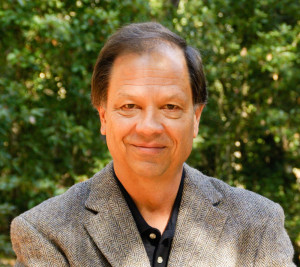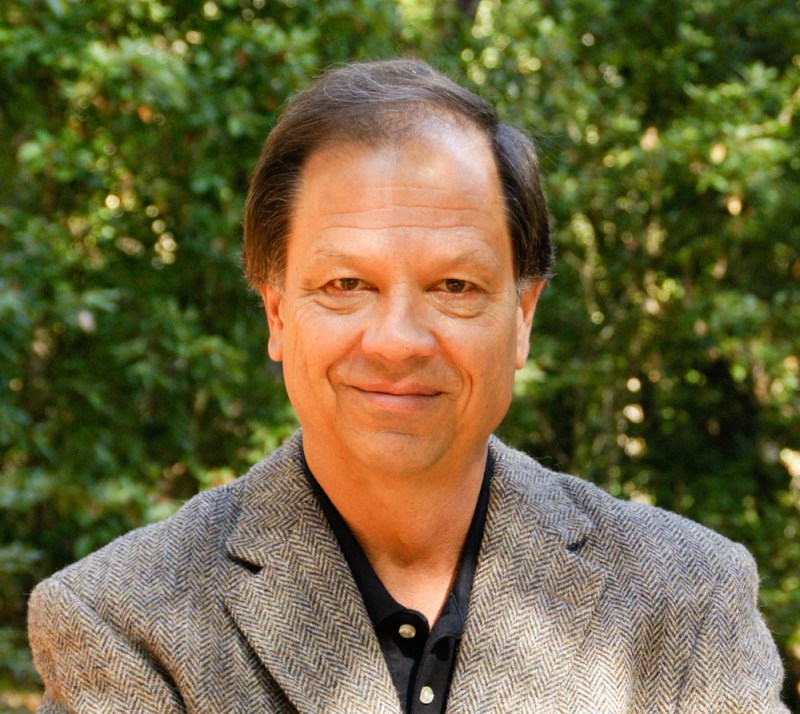William Newsome, a professor of neurobiology and director of Bio-X NeuroVentures, began directing a new interdisciplinary neuroscience institute last spring. The Daily sat down with Newsome to discuss his experience as director thus far and his new fundraising and expansion goals for the institute.
The Stanford Daily (TSD): Can you describe the overarching purpose of the institute?
William Newsome (WN): The overarching purpose is to create a campus-wide community of scholarship in the neurosciences. We want to further basic discovery about the brain and how the brain makes our mental lives possible. We want to use that basic discovery to enhance human health in medicine and also to enhance human education and to apply knowledge in law and business and the social sciences. We feel the social sciences and the professional schools have much to offer for neuroscience, and that any science that deals with human behavior sets out phenomena that we want to understand from the point of view of the brain.

TSD: What are your duties as director of the institute?
WN: As the director, I have a duty to sort of increase the neuroscience activity on three strategic interfaces. One interface is with engineering, mathematics, physics and quantitative sciences. Another big strategic interface is for chemical biology and with molecular and cell biology and with chemistry. A third key strategic interface is the social sciences and the school of law, the school of education and the school of business.
So what I, as director, am doing is trying to create new relationships and new collaborative research projects across these interfaces. We’re trying to engage in fundraising so that we can have seed grants for collaborative research projects that involve both neuroscientists and collaborators in one of these three strategic interfaces, and try to start interdisciplinary research projects between people that might not normally ever work together. And we believe that by doing that, we’ll bring people together who will ask questions about the brain and behavior that have never been asked before. And so I’m all about catalyzing those relationships.
So I’ve got a big job here to do. I’ve got fundraising to do, I’ve got community building to do, and I’ve got leadership in trying to start all of these programs that we’d like to start.
TSD: How have you seen the collaborative nature of the institute panning out? Can you give a specific example of collaboration in the institute between members of different departments?
WN: One example I can give you is a collaboration between Professor Krishna Shenoy, who is in the department of electrical engineering, and Professor Jaimie Henderson, who is in the department of neurosurgery. Henderson and Shenoy have started major collaboration that seeks to take new discoveries out of engineering and basic neuroscience and use those new discoveries to treat people with motor disease more effectively.
They have recently implanted their first electro-chip in a human patient who is paralyzed. This electro-chip grabs signals out of the human motor cortex and sends those signals to an external computer. This external computer decodes the movement that the patient has been thinking about and then uses that decoded signal to guide the cursor on a screen. So the person, even though they’re mostly paralyzed, can use that cursor to open e-mail, answer e-mail, compose messages and draw little things, just by thinking about what they want to do. And this is a really dramatic example of the novel kinds of things that can happen when Stanford faculty reaches across disciplines and really work creatively to use basic neuroscience to address real-world, practical problems.
TSD: How do you see the future of the institute? What are the next steps you believe should be taken?
WN: We have quite a few specific plans. The University president and provost have established as a goal that we will raise $175 million to start new campus-wide programs in neuroscience. We will hire 10 faculty [members] over the next seven years, and we will build a new building that will house the new neuroscience institute and the new chemical biology institute.
What we want to do at the institute level is simply set some general guidelines and some general directions. But what we really want to do is enable the faculty and students to pursue their greatest and most creative dreams. We all want to do things that will teach us really deep things about where the human mind comes from, where thought comes from, where creativity comes from. Everywhere you look there are mysteries about the brain. We want to catalyze really excellent research that addresses these mysteries. The institute is motivated by fundamental research and curiosity, but with the conviction that it’s going to have broad impact all over the University and throughout society.
This interview has been condensed and edited.
Contact Minkee Sohn at [email protected].
